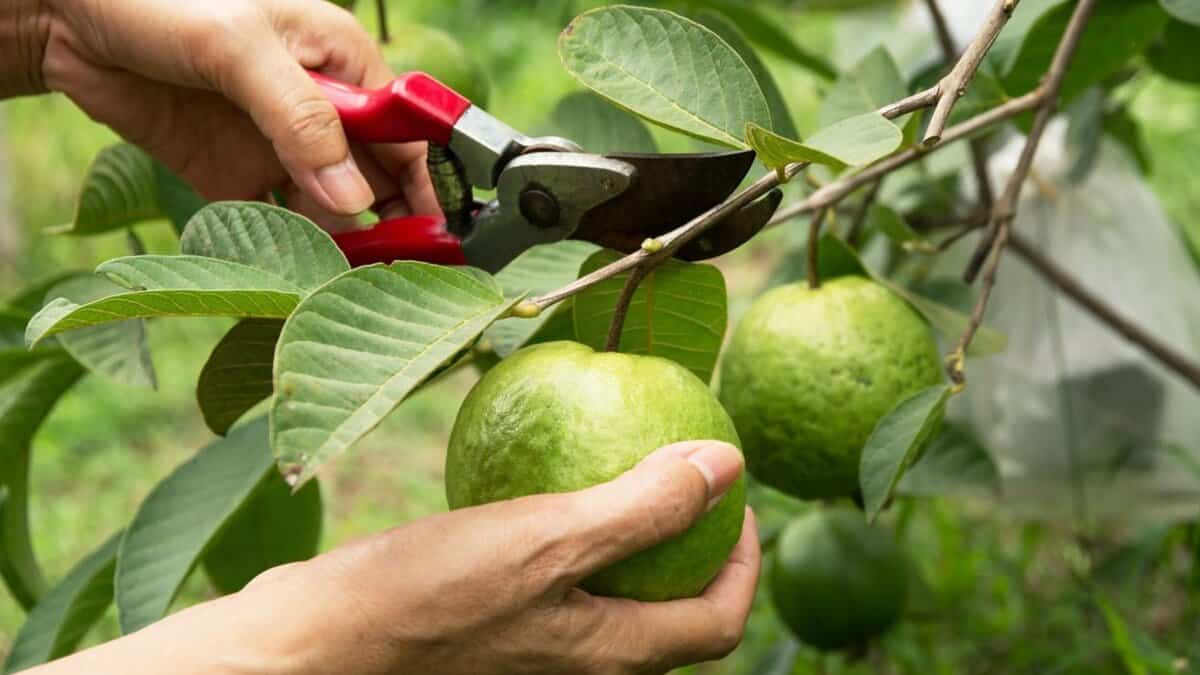
Hyderabad: The horticultural crops in Telangana occupy 6 percent of the total gross cropped area in the state contributing 30 percent to the state’s Agricultural Gross Value Output (GVO) in 2022-23. However, the growth rate in fruit crops is only 1.6 percent, and vegetable crops have seen a negative growth rate of 8.4 per cent during the last decade.
According to the Indian Council of Medical Research (ICMR), by 2030 the demand for fruits will grow from the present 23.18 lakh tonne per year, to 23.56 lakh tonne by 2030, and 23.74 lakh tonne by 2035.
Similarly, the demand for vegetables, leafy vegetables, tubers and other crops will grow from 163 lakh tonne presently, to 165.66 lakh tonne by 2030. It will further increase to 166.94 lakh tonne by 2035.
The ICMR recommends 400 gm consumption of vegetables per person per day, and an allowance of 5 percent towards exports, 10 percent for processing, and 30 percent towards post-harvest losses.
Though horticultural crops occupy 6 percent of the total gross cropped area in the state, they contributed 30 percent to the Telangana’s Agricultural Gross Value Output (GVO).
To address this gap in local production and demand, the Sri Konda Laxman Telangana State Horticultural University (SKLTGHU) has suggested expanding the area of fruit cultivation in Telangana by 1.32 lakh acres, and vegetable cultivation by 2.45 lakh acres by 2030.
Chief minister A Revanth Reddy, along with agriculture minister Tummala Nageswara Rao, chief secretary Ramakrishna Rao and horticulture director Shaik Yasmeen Basha released the “Perspective Plan for Horticulture in Telangana- 2035” released at the university on Thursday, October 9.
The plan was prepared by SKLTGHU vice-chancellor Dr D Raji Reddy, scientists Dr A Bhagwan and Dr GP Sunandini, urging support from the National Bank for Agriculture and Rural Development (NABARD), Agricultural and Processed Food Products Export Development Authority (APEDA), Farmer Producers’ Organisations (FPO), the Union ministry for food processing, agriculture marketing department, farmers’ organisations, agri-startups and other stakeholders to make the ambitious mission successful.
The perspective plan delved into all the issues affecting the horticulture sector, and suggested ways to fill the gaps and address the shortcomings.
Stressing the need for increasing the area under vegetable crops which has been decreasing after reaching its peak in 2018-19, the perspective plan suggested growing vegetables like tomato, brinjal, carrot, cabbage, cucumber, cauliflower, radish, onion, potato, leafy vegetables, ridge gourd, green chilli, okra, bottle gourd, bitter gourd and beans in the potential districts, in cluster mode in the next five years.
Staggered planting, cultivation under shade nets, and protected cultivation in lean season were suggested for vegetable crops.
“The farmers should be discouraged to expand area under mango and sweet orange as Telangana is in excess production, Fruits like guava, papaya, banana, sapota, pomegranate, dragon fruit, grapes, date palm, fig, jamun, amla and custard apple should be encouraged,” the scientists suggested.
“Telangana stands first in productivity of turmeric, ginger, chrysanthemum, and stands second in the production of red chilli and okra in 2023-24. The productivity is low in mango, guava, onion and tomato, which needs to be increased,” the scientists added.
An investment of Rs 920.90 crore towards inputs (Rs 253.4 crore per annum) and 943.50 crore for the next 5 years was also estimated, also suggesting an investment of Rs 253.4 crore per annum to be aligned with the central and state government’s subsidy schemes.
Production, marketing, crop diversification, inclusion of livestock in horticultural farming practices, research, development of improved varieties, location specific technologies, climate resilient technologies, post-harvest management and value addition have been suggested by the university to be intensified.



